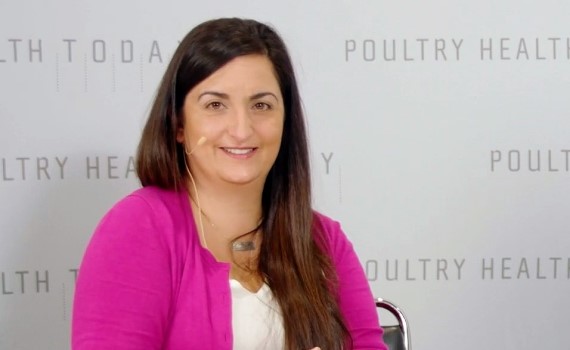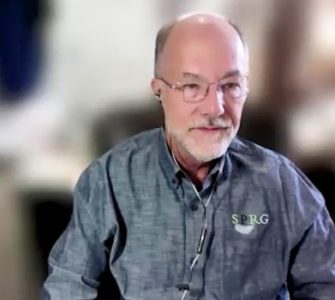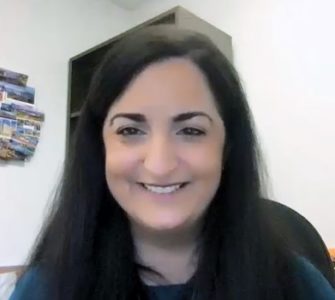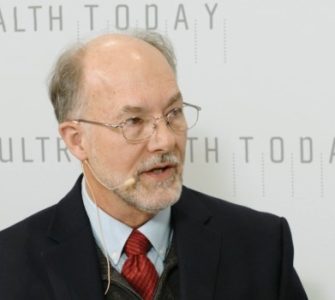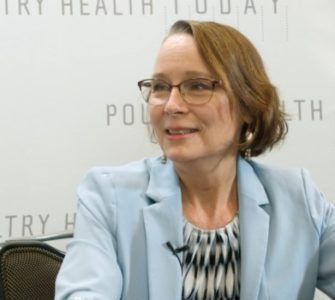Improving Salmonella surveillance in turkeys
High-profile Salmonella outbreaks in turkey flocks in recent years have demonstrated the need for improved surveillance in the US turkey industry, according to a poultry health expert.
Nikki Shariat, PhD, assistant professor in the Department of Population Health, Poultry Diagnostic and Research Center (PDRC) at the University of Georgia, said traditional Salmonella surveillance has been limited to identifying the most abundant serotypes present.
However, researchers have long suspected that rather than existing as a single serotype in food animals, the pathogen exists as multiple serotypes.
“Work from my lab has shown this is, more often than not, the case in broilers,” Shariat explained. “And we expect that the same is also going to be true for turkeys.”
By finding all the Salmonella serotypes present in live production, even those in small numbers, producers can decide how to better control the disease, she said.
The problem
In research being funded by the USPOULTRY Foundation, Shariat and colleagues plan to address the current limitation of only identifying the most abundant serotype present.
“The way that this problem manifests itself is that we can find certain serotypes in the processing plant. Those are presumably ones that withstand processing interventions. But we’re not able to find those same serotypes in live production,” she explained.
“What we’re trying to determine in this project is whether there’s a serotype actually present in live production that is masked or hidden by serotypes that are more abundant or better able to grow during live production,” Shariat said.
The researchers will collect samples from turkey breeder flocks, hatcheries, birds going to the processing plant and finished products. Salmonella serotype populations will then be profiled in each of the different stages to identify the missing link between what’s found in the plant and what’s found in production, she said.
CRISPR technology is key
CRISPR-SeroSeq, a high-resolution technique developed at the PDRC, uses the sequencing information from the CRISPR region of the Salmonella genome for serotyping.
“What we’ve done with CRISPR-SeroSeq is that we sort of made this into a PCR (polymerase chain reaction) and next-generation sequencing assay. We can identify all of the different serotypes that are present in a sample based on their CRISPR profile. This is a very sensitive approach; we’re routinely able to find serotypes…down to about 0.5% of the population,” she said.
Another methodology that’s used to analyze and trace Salmonella is whole-genome sequencing.
“When it comes to tracking outbreaks, whole-genome sequencing has really been a game changer for food safety. Nonetheless, as powerful as whole-genome sequencing is, it still relies on isolation of the best single colony. So, while you get a large amount of information about one Salmonella, we still have the problem with only being able to find the most abundant Salmonella present,” Shariat said.
Identifying the other strains involved, and the role they play in the overall infection, is where CRISPR-SeroSeq stands out, she added.
Targeted vaccination
The aim of the project is to give producers detailed information on the serotypes present, so they can decide which Salmonella strains to vaccinate against, Shariat noted.
In deciding which vaccine to select, a complex must be surveyed and identify all the Salmonella that are present, starting with the processing plant. “A greater consideration is given to those serotypes that would be more commonly associated with foodborne illness,” she said.
The next step is to find those same serotypes in live production, Shariat added.
If the serotype of interest is found with CRISPR-SeroSeq, even at a much lower level than other serotypes, it may help producers to include it in vaccination strategy. Ultimately, this could contribute to mitigation of Salmonella in turkeys, as well as broilers, she said.
Looking ahead
This tool could also help to map Salmonella serotypes within a complex, enabling managers to make targeted biosafety measures that can be implemented at certain points within a complex, Shariat said.
If the concept is expanded to the national level, surveying Salmonella serotype populations could identify different or new serotypes that are increasing in poultry.
“This is one that I’m very interested in myself…to involve national collaboration to routinely survey Salmonella serotype populations — pre-harvest — so that we can notice as soon as a different or a new serotype seems to be increasing within our industry,” Shariat said.
“The ideal goal here is that this would give industry the benefit of time to be able to be more proactive rather than reactive regarding these specific serotypes,” she said.
Posted on October 17, 2022



